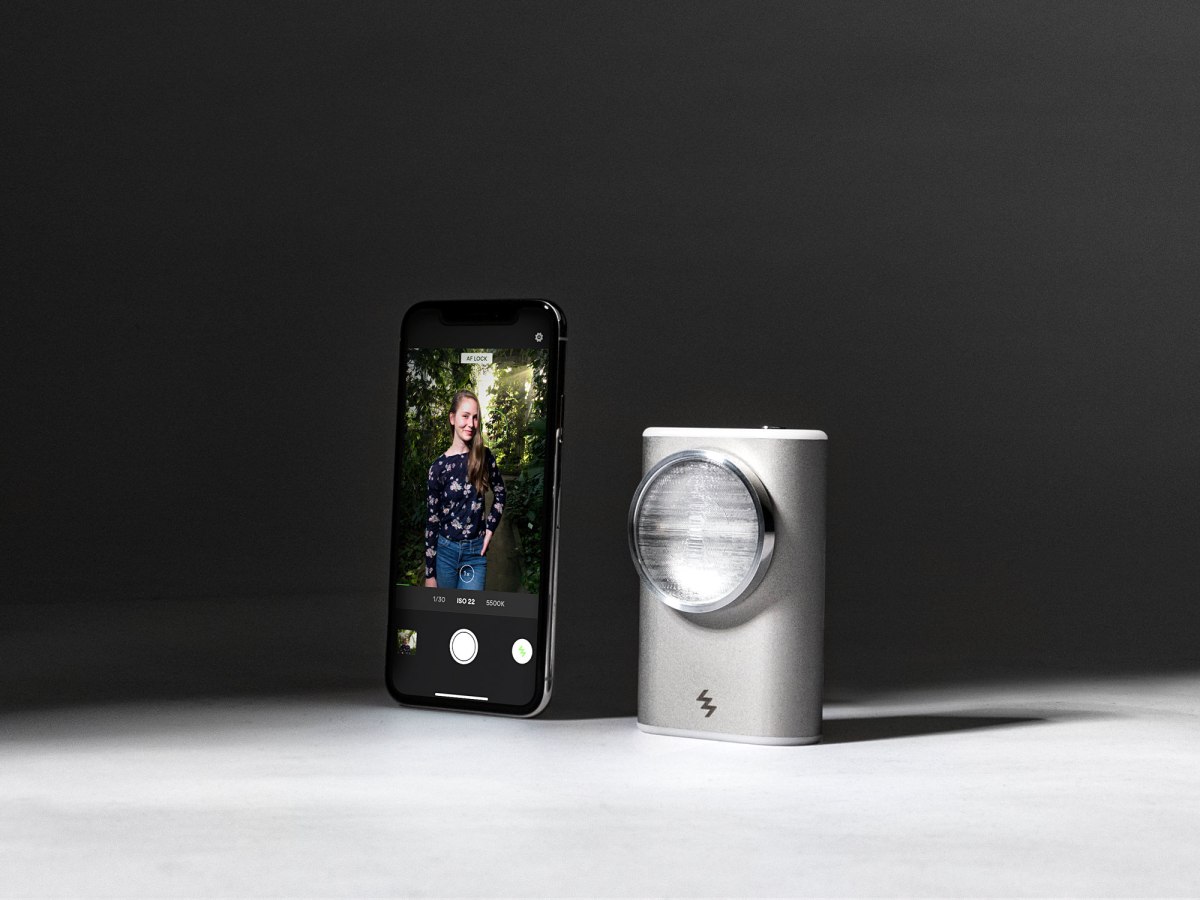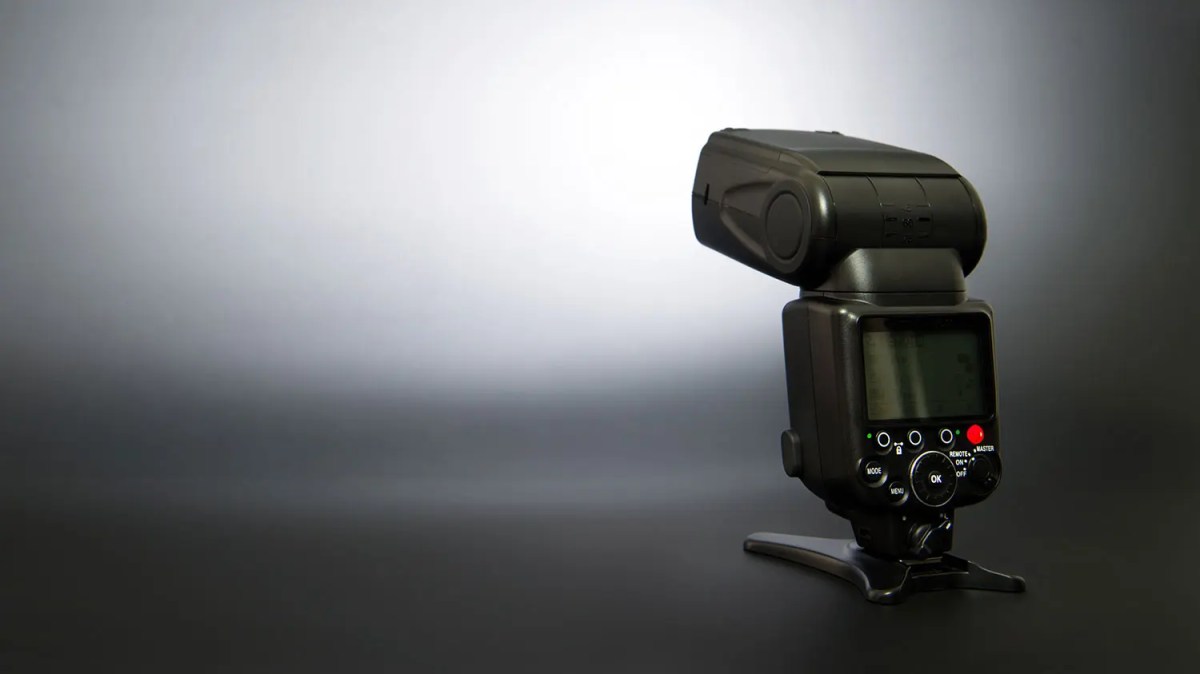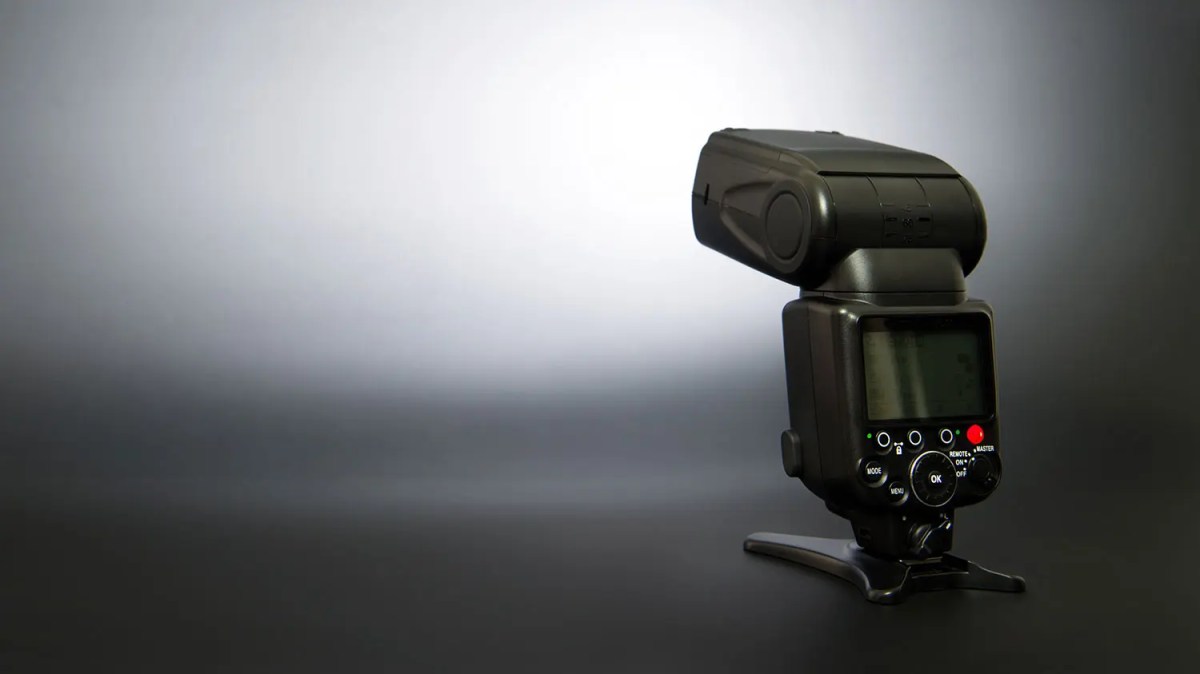Puffing cameras: Ever heard of them? These aren’t your grandpa’s point-and-shoots. They create a unique “puffing” effect, adding a dreamy, almost surreal quality to images. We’ll explore the technology behind this effect, the different types of puffing cameras, and their surprising applications across various fields.
This guide will unpack the inner workings of these fascinating devices, from their internal mechanisms to the image processing techniques that produce that signature hazy look. We’ll also delve into the aesthetic implications of the “puffing” effect, examining how it impacts image quality and exploring its use in different contexts. Get ready to explore the world of puffing cameras!
Puffing Cameras: A Novel Imaging Technology
Puffing cameras represent a fascinating advancement in imaging technology, offering a unique aesthetic and potential for diverse applications. Unlike traditional cameras that aim for crisp, high-resolution images, puffing cameras intentionally introduce a characteristic “puffing” effect, creating a softer, more painterly look. This article explores the technology, applications, and future potential of this intriguing imaging method.
So you’re into that “puffing camera” effect, right? That cool, slightly exaggerated look? Well, to get really smooth video for your puffing camera projects, check out the stabilization options on the dji flip canada — it’ll make your footage look super professional. Then, you can apply your puffing camera effect and really make it pop!
Defining “Puffing Camera”
A puffing camera is an imaging device that employs specialized algorithms and processing techniques to create images with a distinctive “puffing” effect. This effect softens edges, blurs details, and adds a sense of depth and texture, resulting in a visually appealing, almost painterly rendering. Different types exist, ranging from software-based filters applied to existing images to dedicated hardware with unique sensor and processing capabilities.
Key differences from traditional cameras lie in the intentional degradation of sharp detail and the emphasis on aesthetic rendering rather than pure fidelity.
Technological Aspects of Puffing Cameras
The internal workings of a puffing camera involve a complex interplay of hardware and software. While the specific components may vary depending on the design, the core process remains consistent.
| Component | Function |
|---|---|
| Image Sensor | Captures raw image data. The quality of this sensor influences the final image quality, even with the “puffing” effect applied. |
| Processing Unit (CPU/GPU) | Performs the computationally intensive tasks of image processing, including the application of the “puffing” algorithms. More powerful processors allow for faster processing and more complex effects. |
| Specialized Algorithms | These algorithms are the core of the “puffing” effect. They selectively blur edges, soften details, and potentially add simulated texture or lighting effects. |
| Memory | Stores the raw image data, intermediate processing results, and the final processed image. The amount of memory affects the camera’s ability to handle high-resolution images and complex processing tasks. |
The “puffing” effect is achieved through a combination of techniques including edge detection, blurring filters (Gaussian blur, bilateral filter), and potentially the addition of noise or texture. The intensity of the effect is controlled through parameters within the algorithms, allowing for a range of stylistic outputs.
Applications and Use Cases
Puffing cameras find applications across various fields, enhancing user experience and offering unique aesthetic advantages.
- Portrait Photography: Softening skin imperfections and creating a more flattering look.
- Landscape Photography: Emphasizing mood and atmosphere, creating a painterly rendering of scenes.
- Product Photography: Giving products a softer, more appealing look, particularly for cosmetics or fashion.
- Artistic Expression: Providing a unique artistic tool for photographers and digital artists to achieve a specific aesthetic.
- Video Production: Creating visually appealing, stylized video footage with a dreamy or nostalgic feel.
For example, in portrait photography, the puffing effect can subtly smooth skin textures, minimizing blemishes and creating a more polished appearance. However, in applications requiring sharp detail, such as medical imaging or scientific photography, the puffing effect would be detrimental.
The “Puffing” Effect: Aesthetic and Technical Considerations
The “puffing” effect is characterized by a reduction in sharpness, a softening of edges, and a potential increase in perceived texture and depth. The aesthetic impact ranges from subtly enhanced images to heavily stylized, almost abstract renderings.
| Intensity Level | Visual Description | Image Quality Impact | Suitable Applications |
|---|---|---|---|
| Low | Subtle softening of edges, minimal loss of detail. | Minimal reduction in sharpness; maintains high fidelity. | Portrait retouching, subtle aesthetic enhancement. |
| Medium | Noticeable softening, some loss of fine detail, increased texture. | Moderate reduction in sharpness; detail is still largely visible. | Landscape photography, stylized product shots. |
| High | Significant blurring, loss of fine detail, strong painterly effect. | Significant reduction in sharpness; detail is significantly reduced. | Abstract art, creating stylized visuals. |
Technically, the intensity and style of the puffing effect are controlled by parameters within the image processing algorithms, such as the radius and strength of the blurring filter, the edge detection sensitivity, and the amount of added texture or noise.
Future Trends and Developments
Future advancements in puffing camera technology may involve the integration of AI for more sophisticated and adaptive “puffing” effects. AI could learn from user preferences and automatically adjust the effect based on the content of the image. Real-time processing capabilities could enable live previews of the effect, improving the user experience. Furthermore, integration with augmented reality (AR) could lead to new applications where the puffing effect is dynamically overlaid on real-world scenes.
For example, imagine an AR app that uses a puffing camera to overlay stylized images onto real-world objects, creating interactive art installations or immersive experiences. The potential applications are vast and continue to evolve with advancements in AI and AR.
Illustrative Examples

Imagine a portrait captured with a puffing camera at a medium intensity level. The subject’s skin appears subtly smoothed, with fine lines and blemishes softened, yet the overall detail of facial features remains largely intact. The colors are slightly desaturated, lending a dreamy, almost nostalgic quality to the image. The lighting is softened, creating a gentle, diffused effect.
In contrast, a landscape image captured with a high intensity puffing effect would appear dramatically different. The sharp lines of mountains and trees would be blurred and softened, creating a painterly, almost impressionistic rendering. Fine details would be lost, replaced by a sense of atmospheric depth and texture. The colors would be more muted, contributing to the overall dreamy quality.
Consider a scenario where a puffing camera is used to capture footage of a bustling city street at night. The resulting video would have a unique, almost cinematic quality. The sharp edges of buildings would be softened, the bright lights blurred into halos of light, and the overall scene imbued with a sense of mystery and magic. The movement of people and cars would appear less sharp, contributing to a dreamlike atmosphere, making the video feel almost like a scene from a film.
Closing Notes: Puffing Camera

From the technical intricacies of their image processing to the artistic possibilities of the “puffing” effect, puffing cameras offer a unique and intriguing approach to photography. While still a relatively niche technology, their potential applications are vast, and future developments promise even more creative and innovative uses. So, are you ready to experiment with a little photographic haze?
Top FAQs
What are the limitations of puffing cameras?
The “puffing” effect can sometimes obscure fine details and might not be suitable for applications requiring sharp, high-resolution images. The processing can also be computationally intensive.
Puffing cameras, those cool little gadgets that add a fun, distorted effect to your photos, are all the rage! But for serious image stabilization and consistent results, you might want to check out the advanced stabilization tech used in the defender drone system. Learning how they achieve such stability can actually help you understand how to better control your puffing camera effects and get even more creative shots.
How much do puffing cameras cost?
Ever wonder how to get that cool, dreamy, “puffed” look in your photos? It’s all about the right editing techniques! You can even use a similar effect to emphasize the energy of a massive event like the taylor swift chiefs game , imagine the crowd shots! Then, apply that same “puffing” effect to your own photos for a similar vibe; it’s a great way to add a touch of magic.
Prices vary greatly depending on the type, features, and brand. Expect a range from affordable hobbyist models to professional-grade systems with significantly higher price tags.
Are puffing cameras easy to use?
Ease of use depends on the specific model. Some are designed for beginners, while others require more technical expertise to master the various settings and controls.
Can I use standard lenses with a puffing camera?
This depends entirely on the camera’s design and specifications. Check the manufacturer’s documentation for compatibility information.
